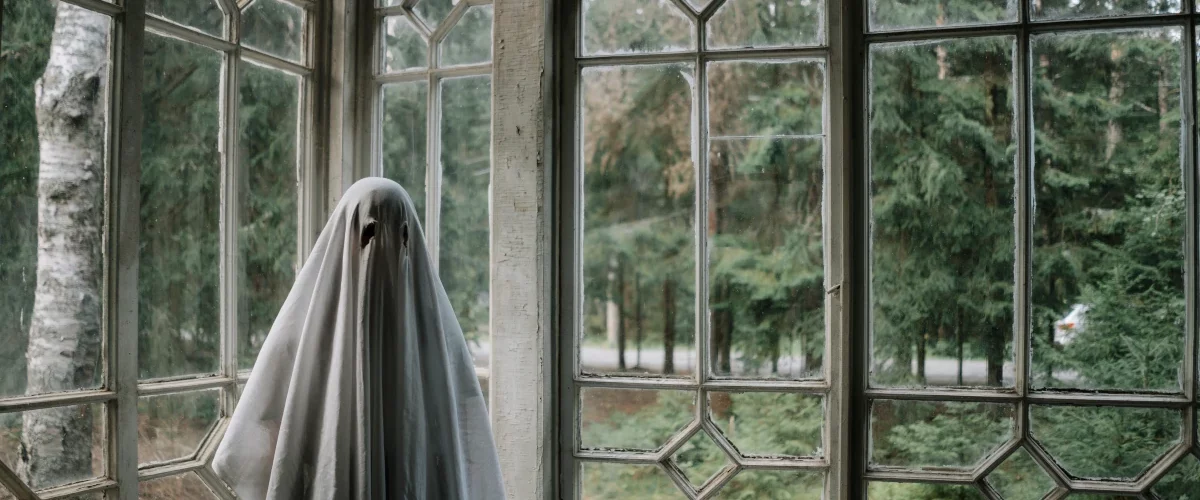Horror stories have captivated audiences for centuries, evoking intense emotions and primal fears. Behind the bloodcurdling tales lies a unique art form, where skilled storytellers unleash fear with meticulous precision. Through carefully crafted narratives, vivid imagery, and spine-chilling techniques, they create an immersive experience that lingers long after the lights are dimmed. Join us as we delve into the artistry of crafting horror stories and uncover the secrets of this chilling genre.
Setting the Stage: The Power of Atmosphere
Atmosphere plays a pivotal role in horror storytelling, setting the stage for suspense and terror. Through vivid descriptions, sensory details, and eerie environments, writers and filmmakers transport audiences to a world where fear lurks in every shadow. Consider the haunting mansion in Shirley Jackson’s “The Haunting of Hill House” or the desolate and oppressive Overlook Hotel in Stephen King’s “The Shining.” These atmospheric settings intensify the sense of dread, immersing the audience in a nightmarish experience.
Characters that Haunt: Building Tension and Empathy
In horror stories, memorable characters can both terrify and captivate readers or viewers. Protagonists who face unimaginable horrors become vessels for audience empathy, heightening the emotional stakes. Similarly, the antagonists, whether supernatural or human, embody the darkest aspects of humanity and unleash terror upon the unsuspecting. Think of iconic figures like Dracula, Freddy Krueger, or the chilling Hannibal Lecter. These characters become etched in our collective nightmares, leaving an indelible mark on the horror genre.
The Art of Fear: Crafting Suspense and Surprise
The artistry of horror storytelling lies in the delicate balance between anticipation and revelation. Skilled storytellers employ various techniques to create suspense, keeping audiences on the edge of their seats. The slow reveal, the unexpected twist, and the sudden shock are all tools in the horror artist’s arsenal. Consider Alfred Hitchcock’s mastery in films like “Psycho” or M. Night Shyamalan’s ability to subvert expectations in “The Sixth Sense.” These artists manipulate fear with precision, leaving audiences breathless and craving more.
Evoking Nightmares: The Psychological Impact of Horror
Beyond the thrills and scares, horror stories offer a unique psychological journey. They tap into our deepest fears, allowing us to confront and process them in a controlled environment. By eliciting intense emotions, horror stories can be cathartic, providing a release and a sense of relief once the tale concludes. Through the art of crafting horror stories, artists tap into the collective unconscious, exploring the dark recesses of the human psyche and shining a light on our deepest fears and desires.
In conclusion, the artistry of crafting horror stories goes far beyond simply scaring an audience. It involves the delicate balance of atmosphere, character development, suspense, and psychological impact. Skilled storytellers harness these elements to create immersive and unforgettable experiences. So, whether you’re curled up with a spine-chilling novel or sitting on the edge of your seat in a darkened theater, appreciate the artistry behind the screams and the exhilarating thrill of being scared.
More articles about art is waiting for you at Luxpeer’s blog.
